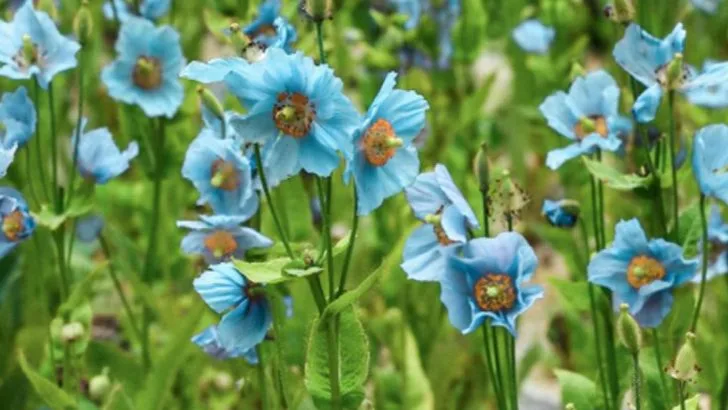Some perennials are known for being particularly challenging to grow, but with the right knowledge and care, you can make them thrive in your garden. Whether it’s because of soil conditions, weather challenges, or specific growing needs, these plants may seem intimidating—but they’re worth the effort.
In this article, we reveal the 21 most difficult perennials to grow and share tips and tricks on how to finally get them right. From orchids to foxgloves, learn how to address their unique requirements and overcome the common obstacles that keep them from thriving. With a little patience and the right approach, you’ll be able to grow these stunning perennials and enjoy their beauty year after year.
Blue Poppy
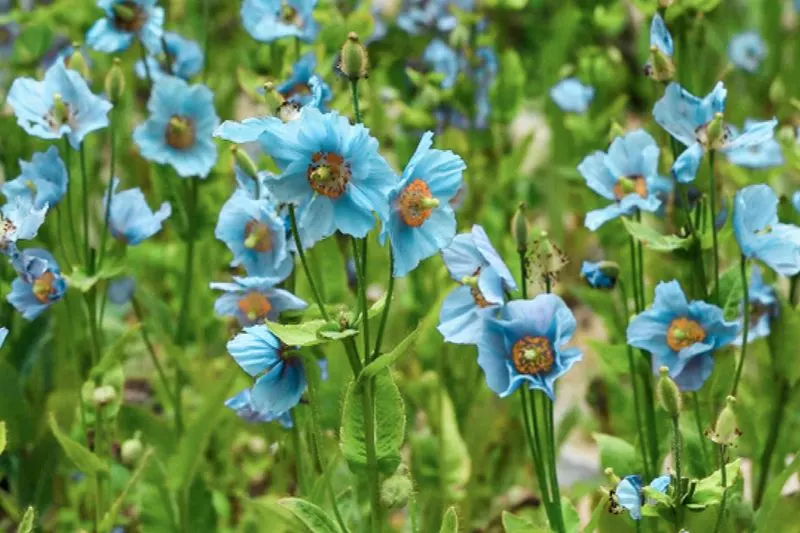
Blue poppies captivate with their ethereal beauty, yet they demand special attention. Flourishing in cool, moist environments, they often struggle in hot climates. Providing ample shade and consistent moisture is essential. The soil must be rich and well-drained, mimicking their native Himalayan habitat. Patience is key, as they can take time to establish. Experienced gardeners recommend using mulch to retain moisture and prevent temperature fluctuations. There’s a thrill in seeing these elusive blooms emerge, making the effort worthwhile. Embrace the challenge and your garden will reward you with a spectacular display.
Hellebore

Hellebores grace gardens with their winter blooms, but their cultivation can be tricky. Preferring partial shade, they thrive in woodland settings with rich, well-drained soil. An alkaline pH is ideal, so consider adding lime if your soil is acidic. Regular watering during dry spells is crucial, as they dislike prolonged drought. Their leathery leaves are often prone to black spots; keeping the area clean can minimize this issue. Patience rewards with stunning blooms that defy winter’s chill, offering gardeners a touch of elegance even in the coldest months.
Lily of the Valley
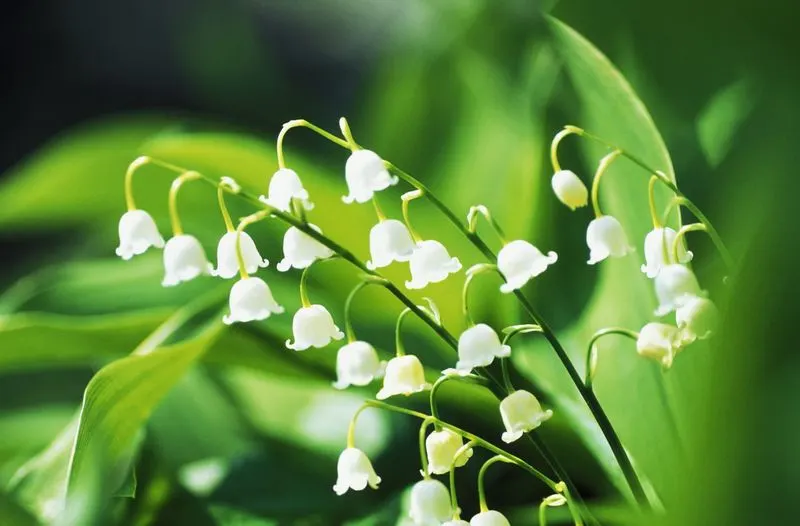
Known for its enchanting fragrance, lily of the valley can be stubborn. Thriving in cool, shaded areas, it may overwhelm when conditions are right, but struggle otherwise. Soil should be moist but well-drained, enriched with organic matter. Keep in mind that it can be invasive; controlling spread is key. Regular division helps maintain vigor and prevents overcrowding. Despite its challenges, the sweet scent and delicate blooms make it a sought-after addition to shaded gardens, where it can create a carpet of white bells.
Ornamental Onion
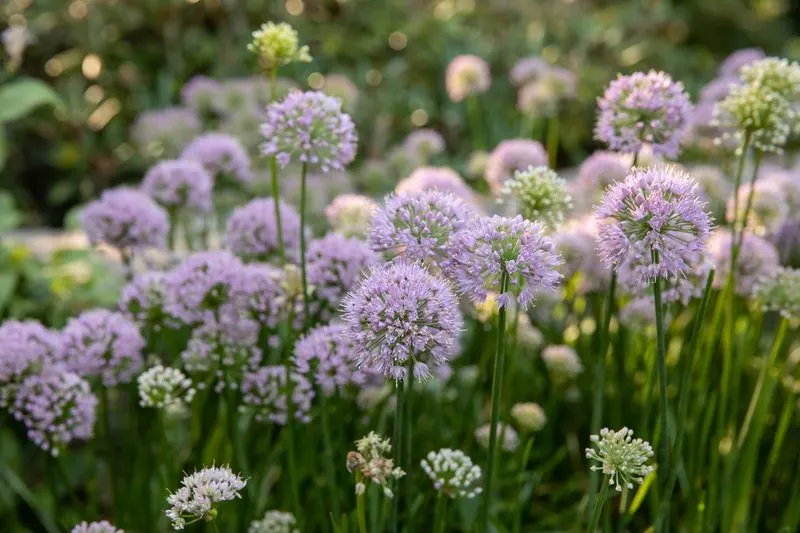
Ornamental onions add a whimsical touch with their spherical blooms, yet aren’t without demands. They thrive in sunny locations with well-drained soil, and dislike winter wetness. Ensuring good drainage is crucial; raised beds can be beneficial. They prefer dry conditions once established, so be cautious with watering. Their bold blooms attract pollinators, adding life to any garden. Although they can be slow to establish, the visual impact they provide is well worth the effort. Their resilience against pests and diseases is a bonus for patient gardeners.
Delphinium
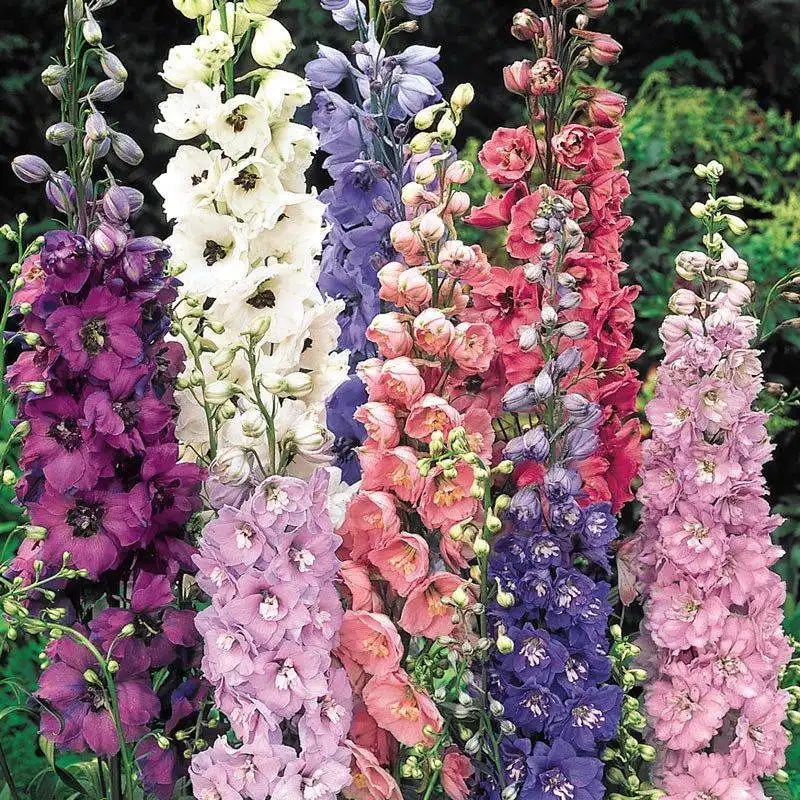
Delphiniums offer towering spikes of color, yet their growth can be demanding. They require rich, well-drained soil and benefit from staking due to their height. Regular feeding with high-potassium fertilizer encourages strong blooms. They dislike high heat and humidity, thriving best in cooler climates. Keep an eye out for slugs and snails, which love their tender leaves. With a bit of care, these majestic plants can become the centerpiece of a summer garden, rewarding growers with vibrant hues and impressive stature.
Astilbe
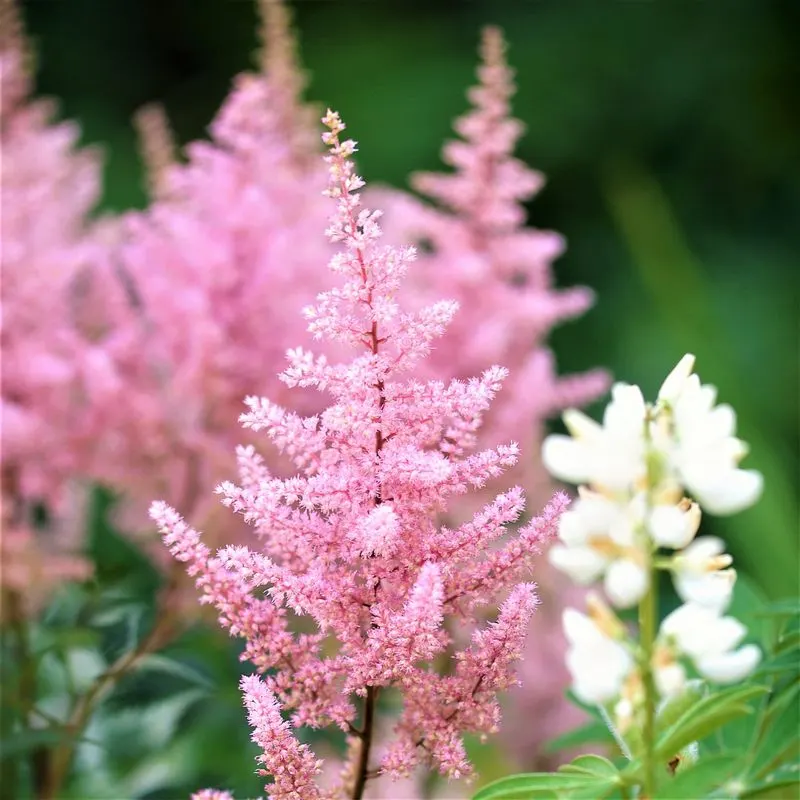
Astilbe enchants with feathery plumes, but achieving its full potential requires care. Preferring moist, shaded environments, it struggles in dry, sunny spots. Consistent watering is essential, especially during dry periods. Rich, organic soil supports healthy growth, and mulching retains moisture. Regular division keeps plants vigorous and prevents overcrowding. Despite their needs, astilbes reward with graceful blooms and lush foliage, making them a favorite for shaded perennial borders. Their ability to thrive in challenging conditions adds a touch of softness to any garden setting.
Bleeding Heart
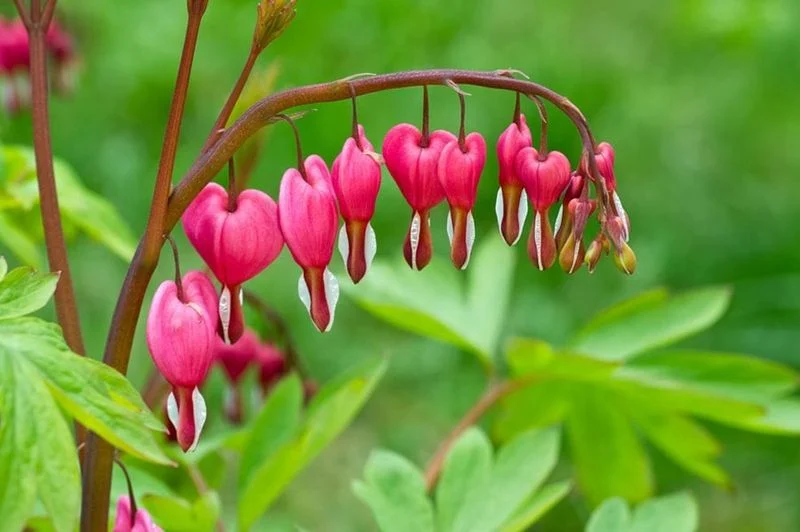
Bleeding hearts impress with their heart-shaped flowers, yet growing them requires finesse. Preferring cool, shaded locations, they require rich, well-drained soil. Consistent moisture is key, especially in warmer climates. As they go dormant in summer, planting alongside other perennials can fill the gaps. Protect them from slugs and snails, which are attracted to their tender foliage. The reward is a display of delicate blooms that capture the essence of spring and bring any shaded garden to life with their unique charm.
Japanese Maple

Japanese maples offer stunning foliage, but growing them demands understanding. They thrive in dappled shade with protection from harsh winds. Soil should be well-drained and slightly acidic. Regular watering is vital, especially in dry spells, to prevent leaf scorch. Mulching helps retain moisture and protect roots. Pruning should be done carefully to maintain their elegant form. While they may be temperamental, the aesthetic appeal of their intricate leaves and graceful shape makes them a prized addition to any landscape.
Gardenia

Gardenias captivate with their creamy blooms and intoxicating fragrance, yet are notoriously finicky. They prefer acidic, well-drained soil and ample sunlight. Consistent watering is crucial, but avoid soggy conditions. High humidity and protection from cold winds are necessary for optimal growth. Yellowing leaves often indicate nutrient deficiencies, so regular feeding is essential. Their delicate nature requires attention, but when conditions are met, gardenias reward with a fragrant display that enhances any garden space. Few plants offer such elegance and aroma.
Lavender

Lavender delights with its fragrance and versatility, yet growing it poses challenges. Thriving in poor, well-drained soil, it dislikes wet feet. Full sun is essential for robust growth. Pruning after flowering encourages bushiness and prolongs life. Overhead watering can lead to fungal issues, so water at the base. While it prefers dry conditions, adequate drainage is the key to success. Its resilience and aromatic charm make it a favorite, offering beauty and utility in gardens where conditions are right.
Peony
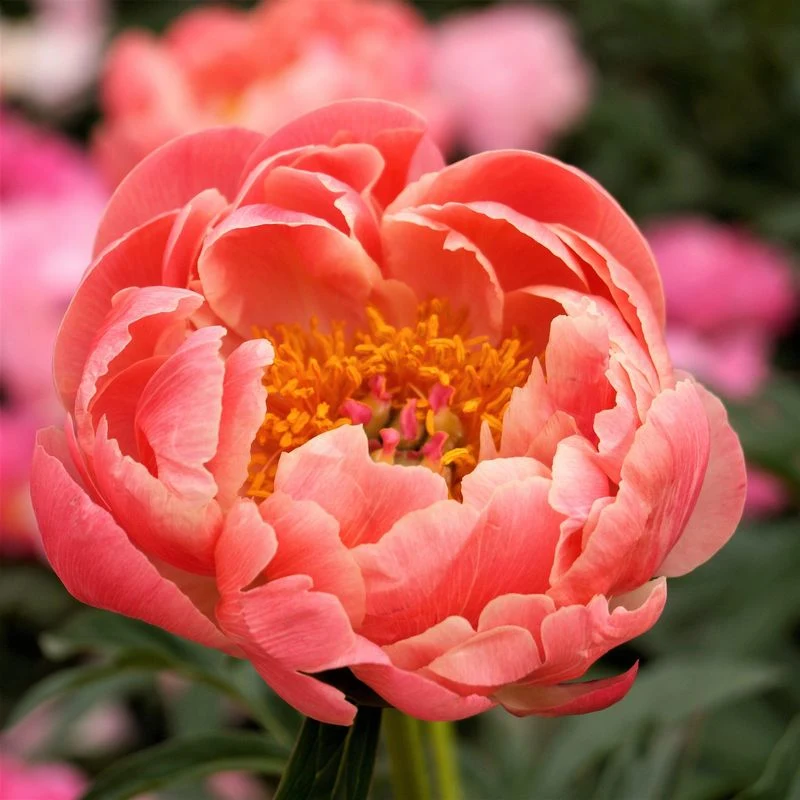
Peonies reward with stunning blooms, yet their cultivation requires patience. They prefer full sun and well-drained soil. Planting depth is crucial; too deep and they may not bloom. Winter chill is necessary for bud formation, so they thrive in temperate regions. Stake tall varieties to prevent flopping. While peonies can take a few years to establish, their longevity makes them a valuable addition to any garden. Each spring, they burst into a riot of color, offering a spectacular visual treat.
Clematis
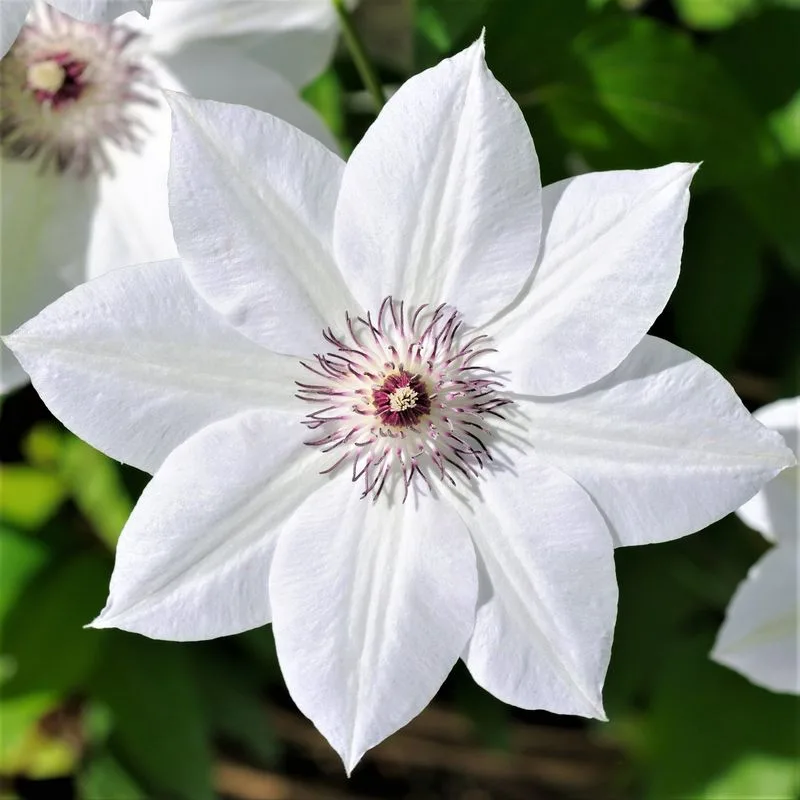
Clematis vines bring vertical interest, but their care requires attention. They thrive in sunny locations with roots kept cool and moist. Mulching helps maintain root temperature and moisture. Regular pruning, according to type, is essential for healthy growth and prolific blooms. Supporting structures, like trellises, are vital for their climbing habit. Clematis can suffer from wilt, so removing affected parts promptly is recommended. With careful nurturing, they reward with a stunning display of flowers, transforming vertical spaces into visual masterpieces.
Foxglove
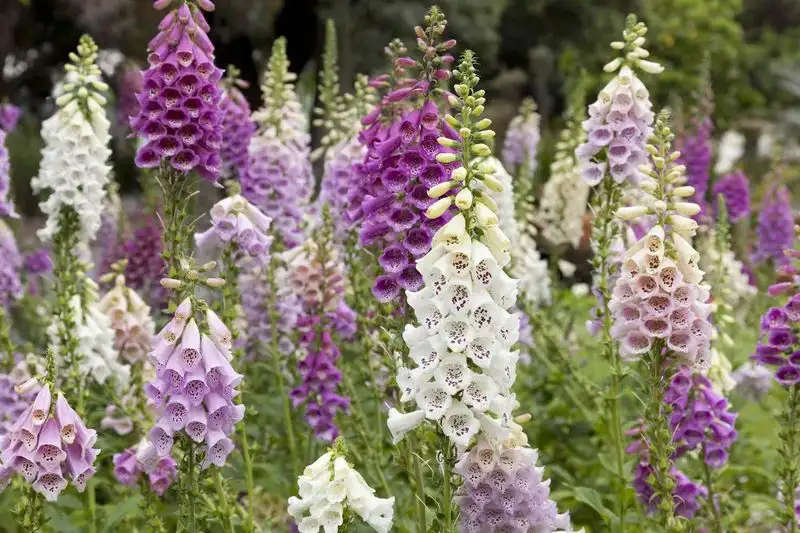
Foxgloves enchant with their towering spires, yet are not without challenges. Preferring partial shade, they thrive in rich, well-drained soil. Biennial in nature, they require patience and a bit of planning to ensure continuous blooms. Deadheading encourages further flowering, while allowing some seed heads to mature ensures future generations. Their striking appearance and ability to attract pollinators make them a valuable addition, despite the need for careful management regarding their poisonous nature.
Tuberose

Tuberose captivates with its heady fragrance, yet growing it can be challenging. Preferring warm temperatures, it requires full sun and well-drained soil enriched with organic matter. Regular feeding with a balanced fertilizer supports blooming. Consistent moisture is vital, but avoid waterlogging. Protection from strong winds helps prevent damage. While they can be slow to bloom, the reward is a sensory delight, with their scent often used in perfumery. These fragrant spikes add an exotic touch to any summer garden.
Primrose

Primroses brighten spring gardens with colorful blooms, yet they require specific conditions. Preferring cool, moist environments, they thrive in shaded woodland settings. Well-drained, humus-rich soil supports their growth. Regular watering is essential, particularly in dry spells, to maintain soil moisture. To prolong flowering, deadheading faded blooms is recommended. These charming flowers bring early color and cheer, making them a delightful addition to shaded areas, where their vibrant hues can shine.
Fritillaria
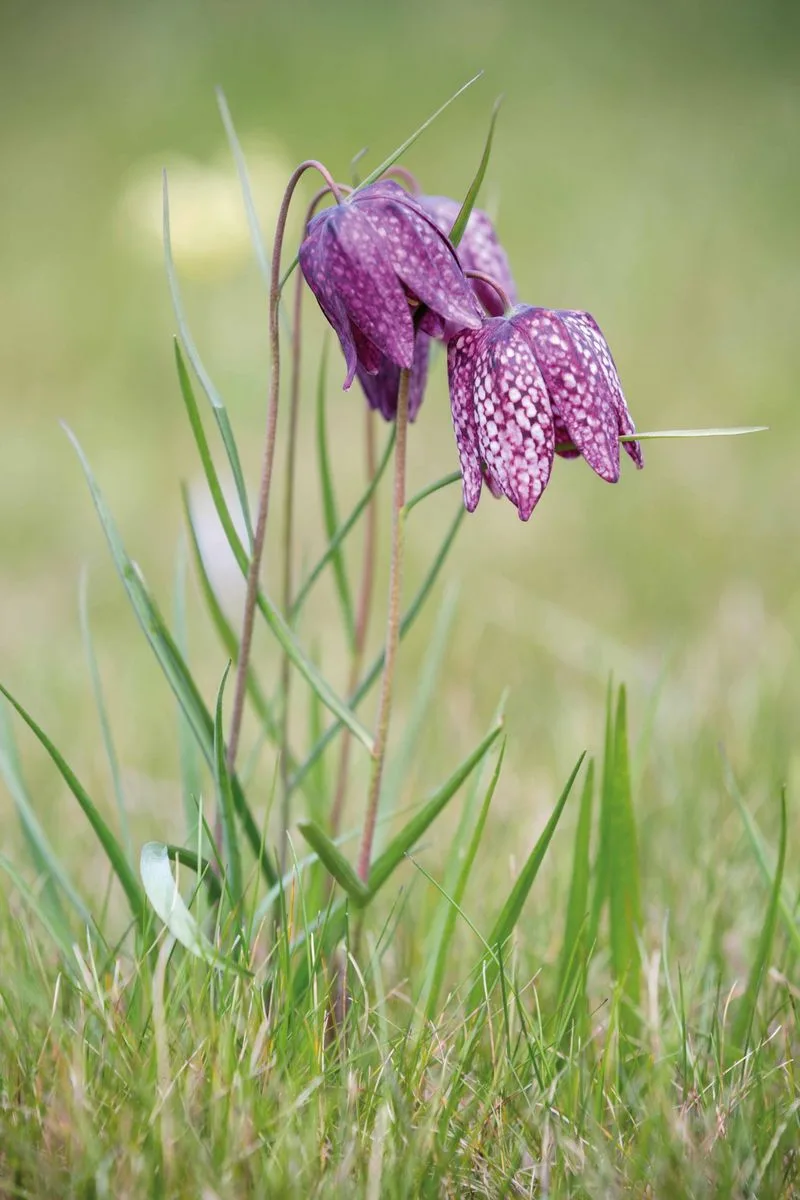
Fritillarias intrigue with their unique shape, yet they demand specific care. Preferring well-drained, sandy soil, they thrive in sunny or lightly shaded spots. Good drainage is crucial to prevent bulb rot. Planting them slightly tilted can help prevent water from collecting in the flowers. While they may take time to establish, their peculiar blooms add an element of surprise and intrigue. These charismatic plants provide a touch of the unusual, rewarding gardeners with their uncommon beauty.
Trillium
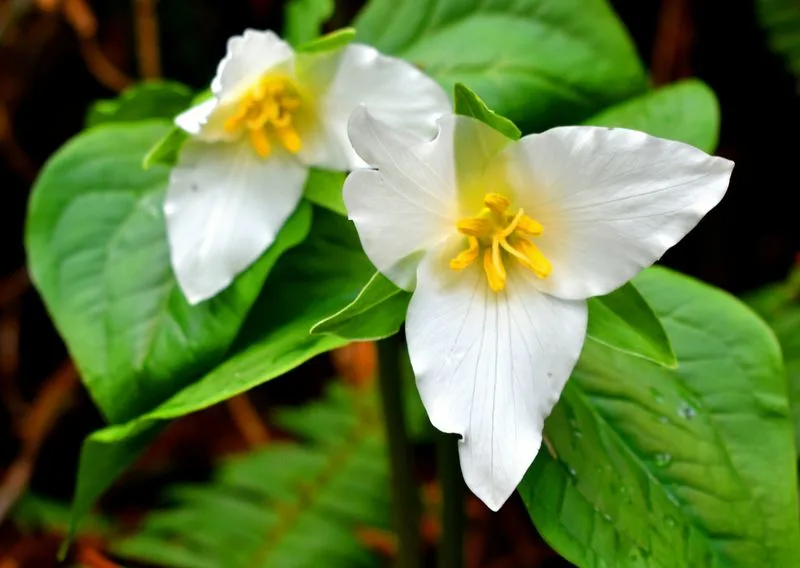
Trilliums grace woodland gardens with their understated elegance, yet are notoriously slow to establish. Preferring shaded, humus-rich environments, they thrive in well-drained soil. Patience is essential, as they can take years to bloom when grown from seed. Regular division helps maintain vigor. Despite their slow growth, the reward is a delicate display of three-petaled blooms that captivate with their simplicity. Their presence adds a touch of wild beauty to any woodland setting.
Ranunculus

Ranunculus dazzles with its rose-like blooms, yet requires careful handling. Preferring cool, sunny conditions, they thrive in well-drained, sandy soil. Planting tubers in autumn allows for spring blooms, though protection from frost is necessary. Regular feeding and consistent moisture support healthy growth. These flamboyant flowers bring a touch of romance and elegance, offering a burst of color that can brighten any garden. Despite their demands, the visual payoff is a garden filled with vibrant, layered beauty.
Edelweiss
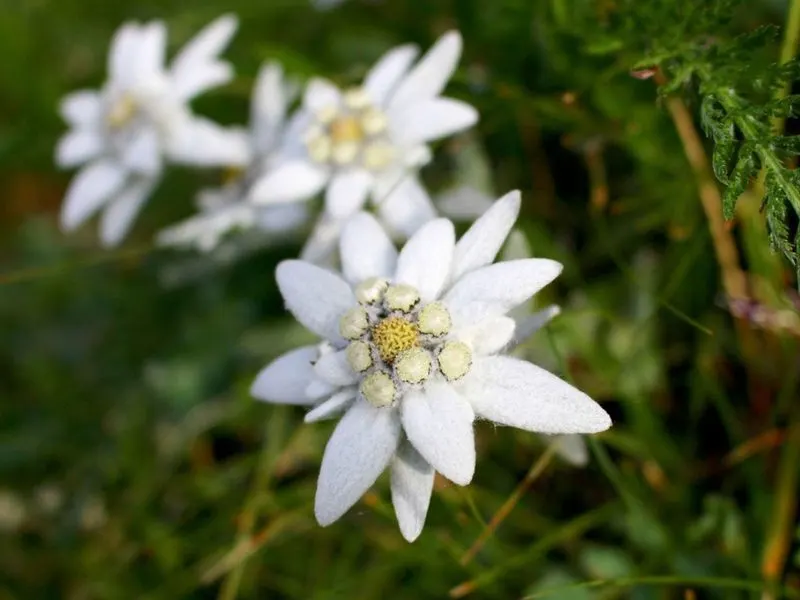
Edelweiss, a symbol of alpine beauty, thrives in rocky, well-drained soil. They prefer full sun and cool temperatures, mimicking their mountain origins. Adequate drainage is crucial to prevent root rot, while gravelly soil aids in recreating natural conditions. Their star-shaped flowers offer a touch of highland charm, though their cultivation requires attention to detail. By emulating their native habitat, these unique blooms can thrive, adding a touch of alpine elegance to rock gardens.
Lupine
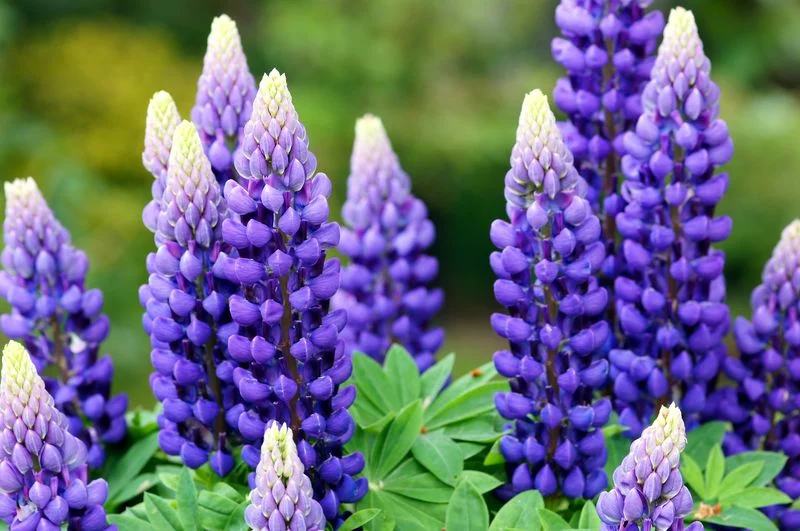
Lupines add a burst of color with their tall spires, yet growing them can be tricky. Preferring full sun and sandy, well-drained soil, they can struggle in heavy clay. Scarifying seeds before planting enhances germination. While they thrive in cooler climates, protection from harsh winds is beneficial. Their nitrogen-fixing ability enriches the soil, benefiting neighboring plants. Although they require a bit of effort, the reward is a meadow-like display that attracts pollinators and brings vibrant life to garden spaces.
Paeonia

Paeonias impress with their large, showy blooms, yet demand patience and care. Preferencing full sun and well-drained soil, they dislike disturbance once established. Planting depth and location are crucial for successful growth. Cold winters promote bud formation, making them ideal for temperate regions. These perennials offer longevity, rewarding gardeners with years of stunning floral displays. Despite initial challenges, their majestic presence and abundant blooms make them a cherished addition to any garden landscape.

